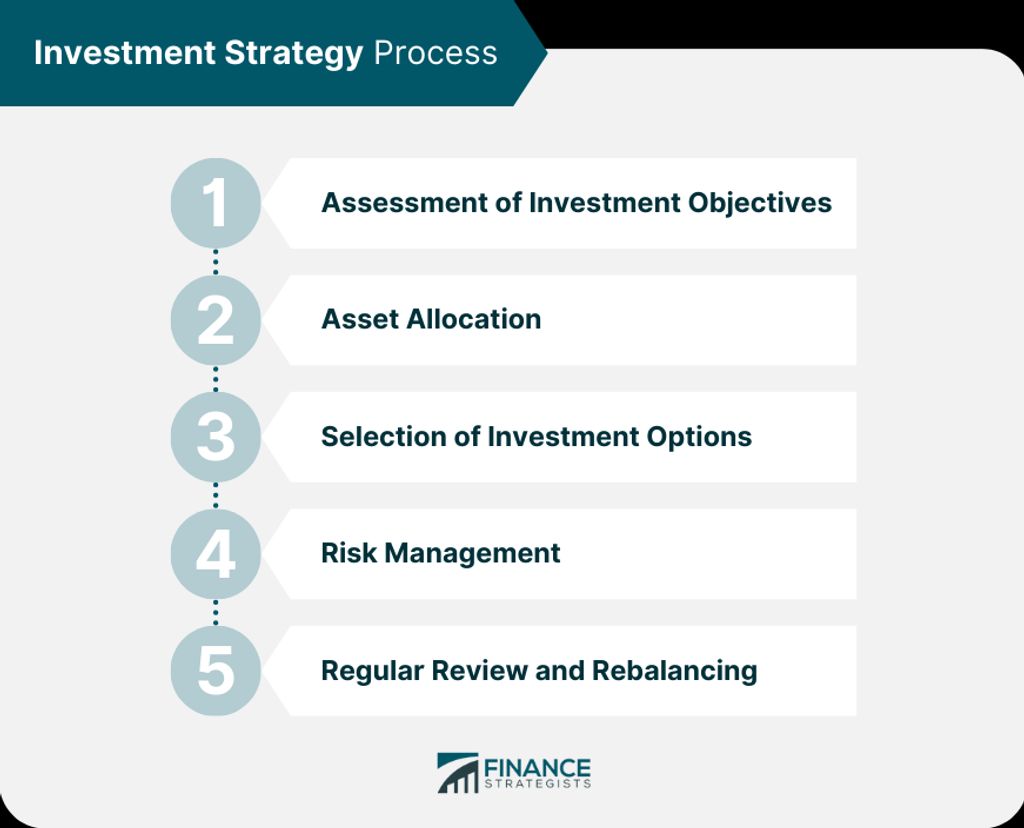Intro
Forex trading, with its vast and dynamic nature, offers a plethora of opportunities for traders. Among these, “areas of interest” stand out as critical zones where significant trading activities are likely to occur. These areas are pivotal for both novice and seasoned traders, as they provide insights into potential market movements and opportunities for strategic trade placements.
What are Areas of Interest in Forex?
Areas of interest in Forex are specific price levels or zones that have shown historical significance in the market. These can be levels where the price has repeatedly reacted, causing either reversals, accelerations, or significant breaks in trend. Common areas of interest include support and resistance levels, trend lines, Fibonacci levels, and psychological price levels.
Types of Areas of Interest
- Support and Resistance Levels: These are basic yet powerful concepts in Forex trading. Support levels are where the price tends to find a floor and bounce back up, while resistance levels are where the price often hits a ceiling and falls back.
- Trend Lines: These are drawn by connecting rising lows in an uptrend or falling highs in a downtrend. Trend lines act as dynamic support or resistance levels.
- Fibonacci Retracement Levels: Derived from the Fibonacci sequence, these levels are used to predict potential reversal points in the markets.
- Psychological Price Levels: Round numbers like 1.3000 in EUR/USD or 1.0000 in AUD/USD are considered psychological levels and often see a clustering of orders.
Importance of Identifying Areas of Interest
- Entry and Exit Points: These areas can provide strategic entry and exit points for trades. Traders often look for price action signals at these levels to make informed trading decisions.
- Risk Management: By understanding where the market may potentially turn, traders can set more effective stop-loss and take-profit orders.
- Market Sentiment Analysis: Areas of interest can indicate prevailing market sentiments, helping traders gauge whether a bullish or bearish trend is likely to continue or reverse.
How to Identify Areas of Interest
- Technical Analysis: Use technical tools like chart patterns, indicators, and price action to identify significant levels.
- Historical Price Levels: Look at historical data to find levels where the price has shown significant reactions in the past.
- Volume Analysis: High trading volumes at certain price points can also indicate areas of interest.
Strategies for Trading Areas of Interest
- Price Action Trading: Watch for candlestick patterns like pin bars, engulfing candles, or dojis at these key levels for potential trade setups.
- Breakout Trading: A breakout through a key area of interest can signal a strong move in the direction of the break. Traders may enter a trade post-breakout or wait for a retest of the level.
- Confluence Trading: Combine multiple areas of interest (like a Fibonacci retracement level coinciding with a psychological level) for stronger trade signals.
Challenges and Considerations
- False Breakouts: Not every interaction with an area of interest will result in a predictable outcome. False breakouts are common and need to be accounted for.
- Changing Market Dynamics: Areas of interest are not static and can change with evolving market dynamics. Continuous analysis is necessary.
Conclusion
Areas of interest in Forex trading are invaluable tools for traders seeking to understand and anticipate market movements. Identifying and effectively utilizing these areas can lead to informed decision-making and potentially profitable trading opportunities. However, it’s essential to remember that Forex trading involves significant risks, and strategies involving areas of interest should be part of a well-rounded trading plan that includes robust risk management techniques. As always, traders should remain adaptable and continuously educate themselves to stay attuned to the ever-changing Forex market.


